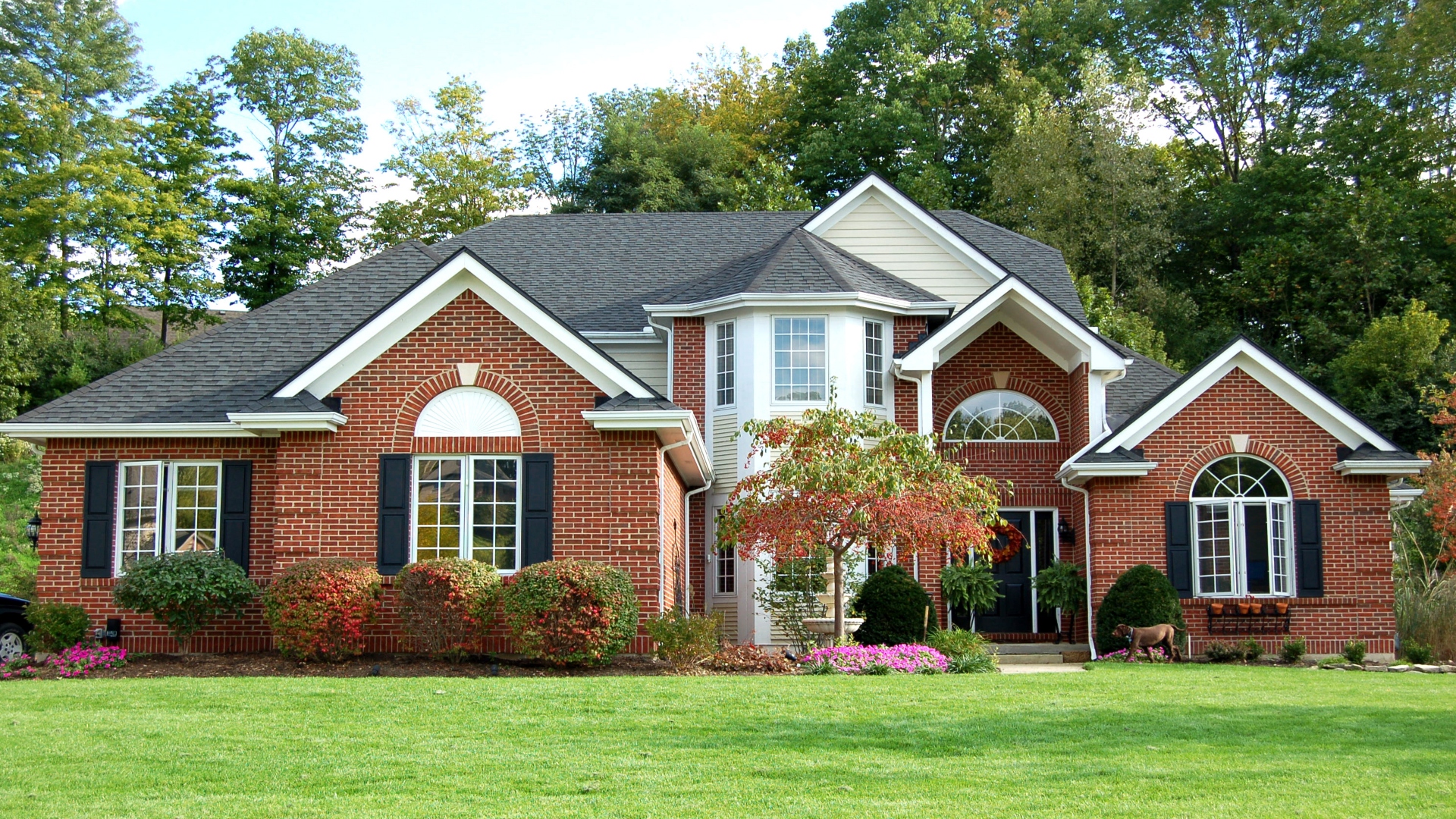Energy efficiency has become one of the main concerns for buy-to-let investors, due to government regulations and environmental proposals concerning rental properties.
At the moment, properties for rent must have an Energy Performance Certificate (EPC) rating of E, but this could jump to a C under new government proposals to come into force in the next few years. So how can buy-to-let investors stay ahead of the curve and improve the energy efficiency of their properties?
Luckily, there’s plenty of ways to improve energy efficiency in a buy-to-let property, from simple fixes to cutting-edge smart technology.
Whether you’re on the lookout for a new property, or hoping to upgrade a current one, these are the features to look out for.
How to Improve a Buy-to-Let Property’s Energy Efficiency
1. Smart Technology
Smart technology, in the context of energy efficiency, is defined as a product that can automatically adapt to the needs and environment of the user, and react accordingly to make a property more energy efficient. These reactions include managing energy consumption, as well as detecting and reporting faults.
Smart technology systems can be costly and difficult to retrofit into an older property, but many new build developments will have smart technology already built in.
2. Building Management Systems
A BMS (Building Management System) is a centralised system that can monitor energy consumption and alter it according to certain conditions. In the case of buy-to-let properties, it can regulate the heating in communal and residential areas if they are vacant for an extended time, or turn it off if an open window is detected, automatically reducing energy use. It can also manage ventilation, lighting, fire systems, security, and other energy systems.
3. Smart Meters
Smart meters are being installed across the UK as a more energy efficient alternative to traditional gas and electric meters. Smart meters will monitor a home’s energy usage and costs, and display this information instantly to the tenant. There are many benefits to a smart meter but in terms of energy efficiency, a big advantage is being able to check which appliances use the most energy and use this information to see how you can reduce energy consumption in the home.
4. Energy Efficient LED Lighting
This is a fairly simple fix to boost the energy efficiency of your buy-to-let property. You can reduce energy consumption by having motion-sensing LED lighting in communal areas, meaning energy will only be used when someone is actually using the space.
5. Rainwater Recycling
Another way to make sure your buy-to-let property is as green as possible is by installing a rainwater recycling system. This technology can harvest rainwater to be used for toilets, laundry and irrigation purposes.
6. Solar Energy
Solar panels convert the sun’s energy into electricity, reducing the need for fossil fuels like coal and oil. The most effective systems are PV arrays, which are created by installing and connecting several solar panels to maximise the energy that can be generated. PV refers to photovoltaic modules that can directly convert sunlight into electricity, as opposed to solar thermal modules used for heating water.
While PV arrays can be pricey, there’s other options on the market for those on a tighter budget to affordably improve a property’s energy efficiency rating.
7. Eco-friendly Insulation
According to Northern Energy, 35-40% of heat loss in the home is down to poorly insulated walls. This results in inefficient energy use and higher bills. For a simple energy efficient fix, ensure your walls and floors are sufficiently insulated. To further decrease your buy-to-let property’s carbon footprint, there’s also a range of eco-friendly insulation materials on the market.
8. Heat Recovery System
A heat recovery system can use a ventilation system to take heat from one area of the building, and redistribute it to the parts that need it the most, recycling heat that would usually be wasted. This makes the property more energy efficient by retaining heat and using it more wisely, and it saves on energy bills by lowering consumption.
9. Air and Ground Source Heat Pumps
These systems can absorb heat from outside sources, either the air or the ground, and use it to provide hot water and heat the property. Air or ground source heat pumps are a more sustainable option compared to traditional oil or gas heating, which if installed will lower energy bills and make the property more energy efficient.
10. Leak Detection Systems
Leak detection technology can automatically identify leaks of resources such as water or compressed air. By quickly alerting the building owner of leaks in a home’s water system, they can be dealt with much more promptly, reducing waste and saving money.
Which Energy Efficient Features are Best for Buy-to-let Properties?
Many of the more cutting-edge features are costly to retrofit into older buy-to-let properties, and will take a lot of time and planning. But some of these fixes such as insulation, smart meters, and solar panels are easier to install, and will improve upon the rental home’s existing EPC rating. It is also worth reviewing some of the Real Estate companies to make sure they are recommended.
These technologies can also add value to the property so it’s worth investing in going green. There’s also funding and grants available to help landlords get their EPC rating up to scratch.
Final Review
Buy-to-let investors who go for new build properties will have an easier time of it when the rules for energy efficiency and the EPC certificate change. Eco-minded developers are ahead of the curve with many recent buildings already having the latest energy efficient technologies built in. When searching for your property, look out for the technology on this list to ensure your buy-to-let investment is as environmentally friendly as it can be.

































